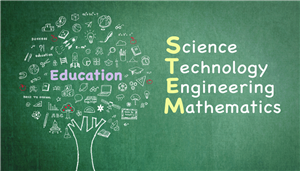Projects
Page Navigation
-
Kindergarten
-
Force and Motion Unit (5 weeks)
"How can we package a pumpkin so it can be shipped safely across the world?"
- Teams of 3-5 students
- Packaging materials provided
- Ask questions, make observations, and gather information
- Simulate the packaging process by tossing the students' packages off of an 8 ft. ladder
- 2 trials
What is learned?
- Promotes further innovation
- Introduces them to the engineering design process
- Solve real world problems
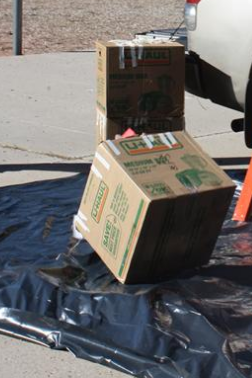
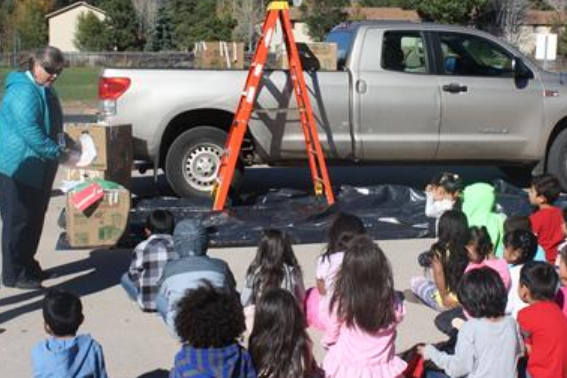
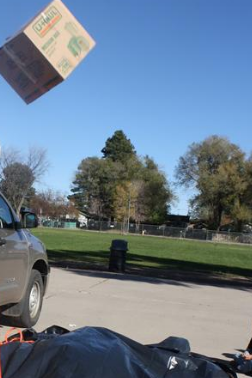
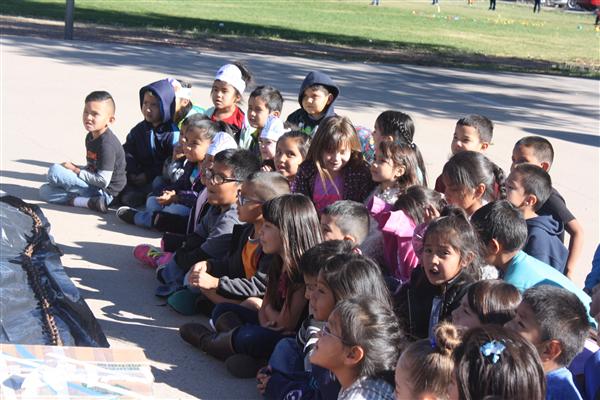

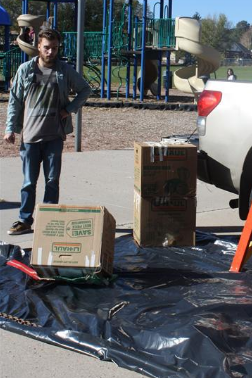
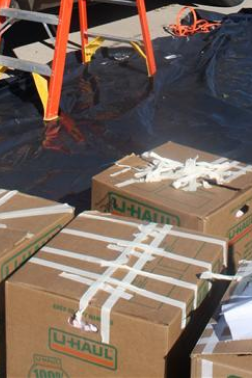
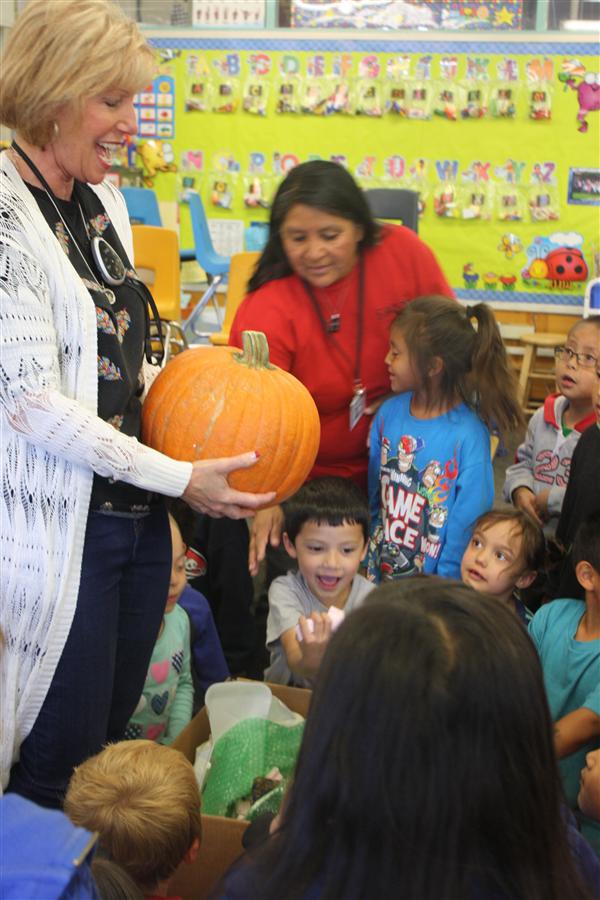
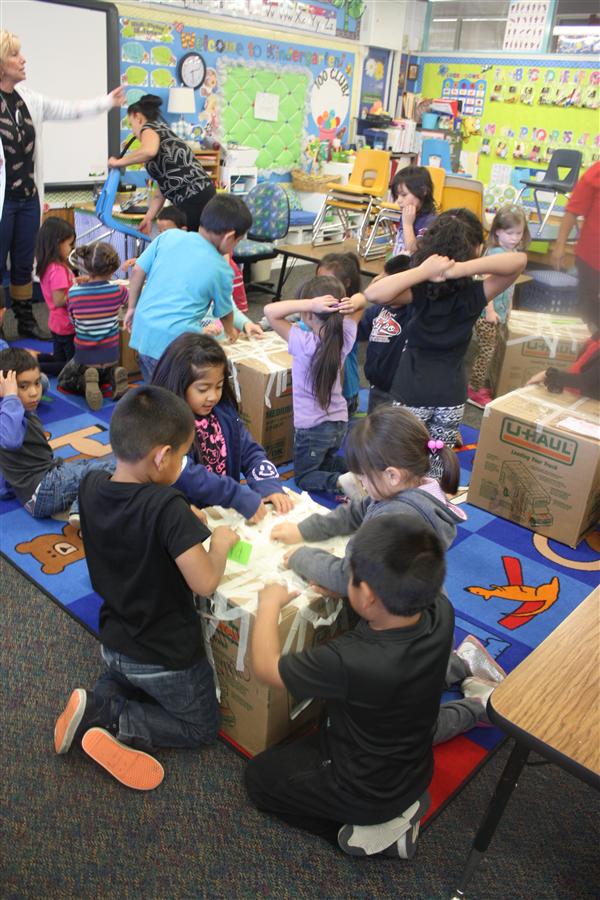
-
Weather Unit (4 weeks)
"How can we build a sustainable arctic shelter for a snow monster?"
- Texts and activities to understand weather patterns
- Snow monster needs to survive rising temperatures
- Create a shelter not to exceed 80 degrees Fahrenheit
- 2 trials
What is learned?
- Weather conditions
- Seasons
- How sunlight effects temperatures
- Heat displacement
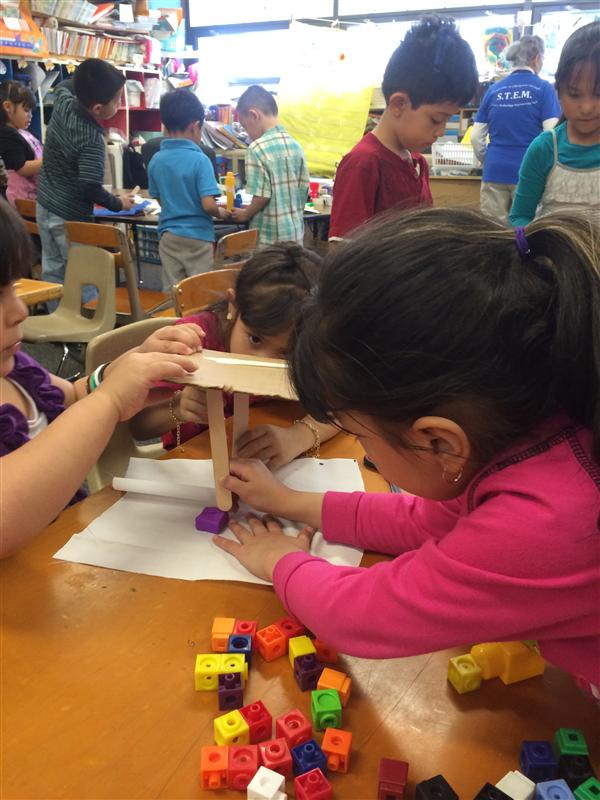
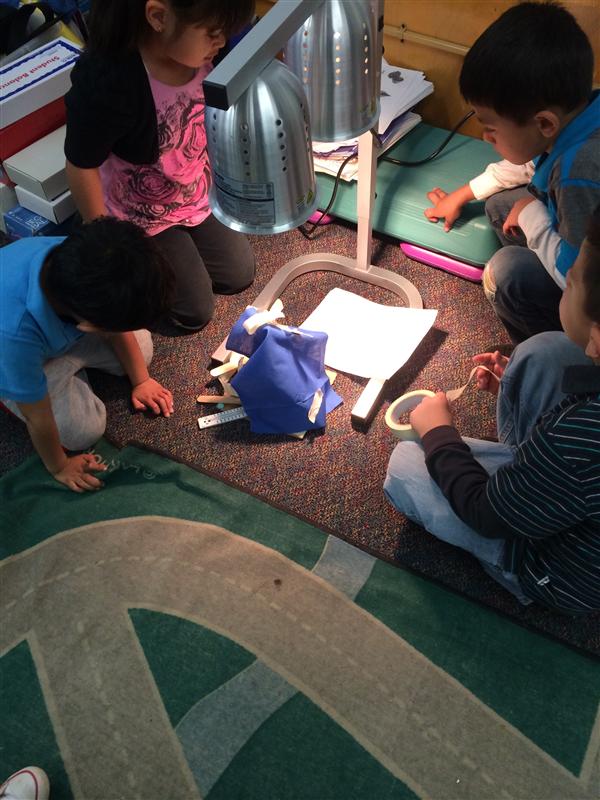
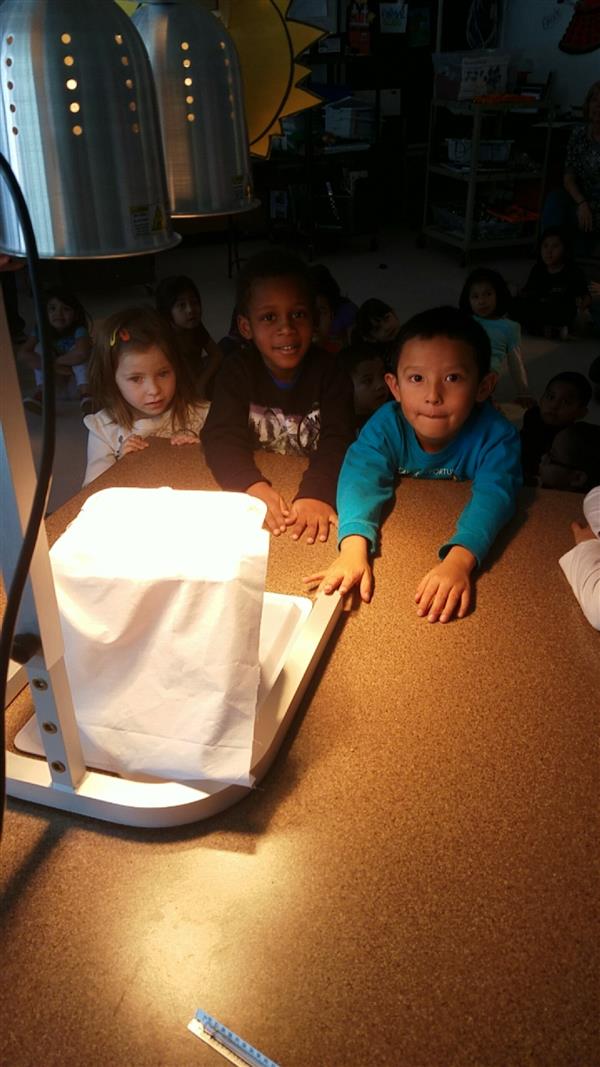
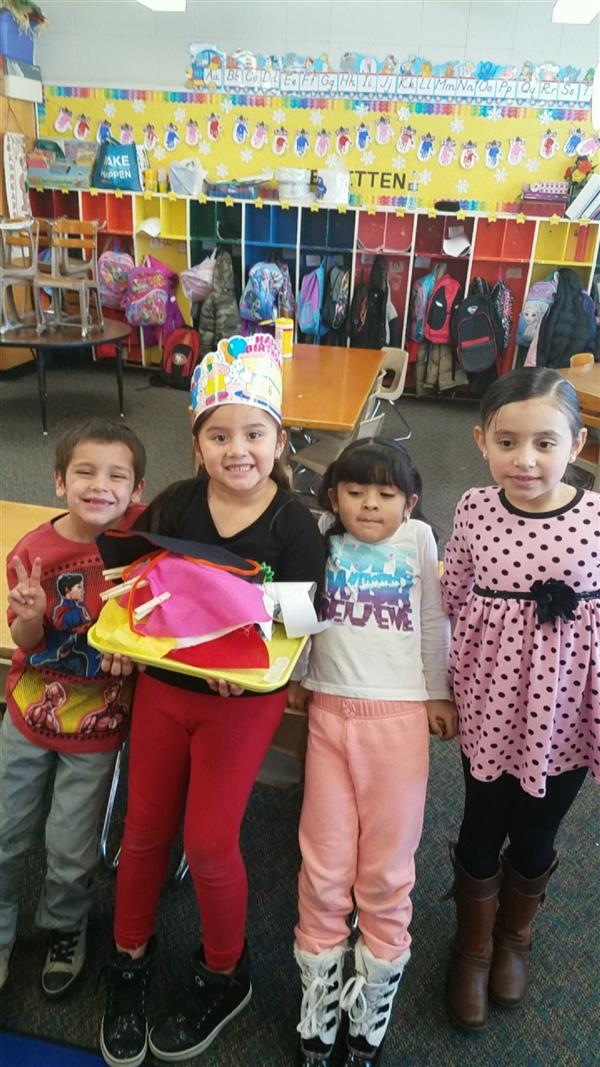
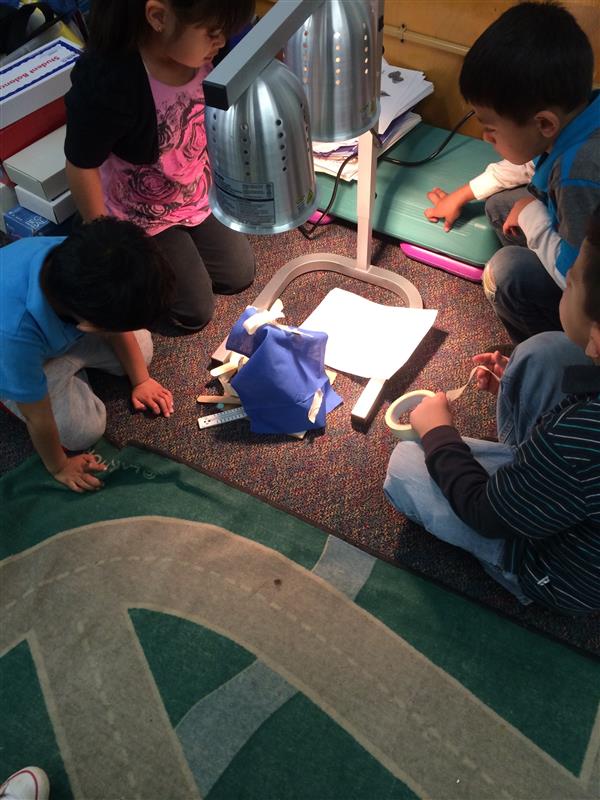
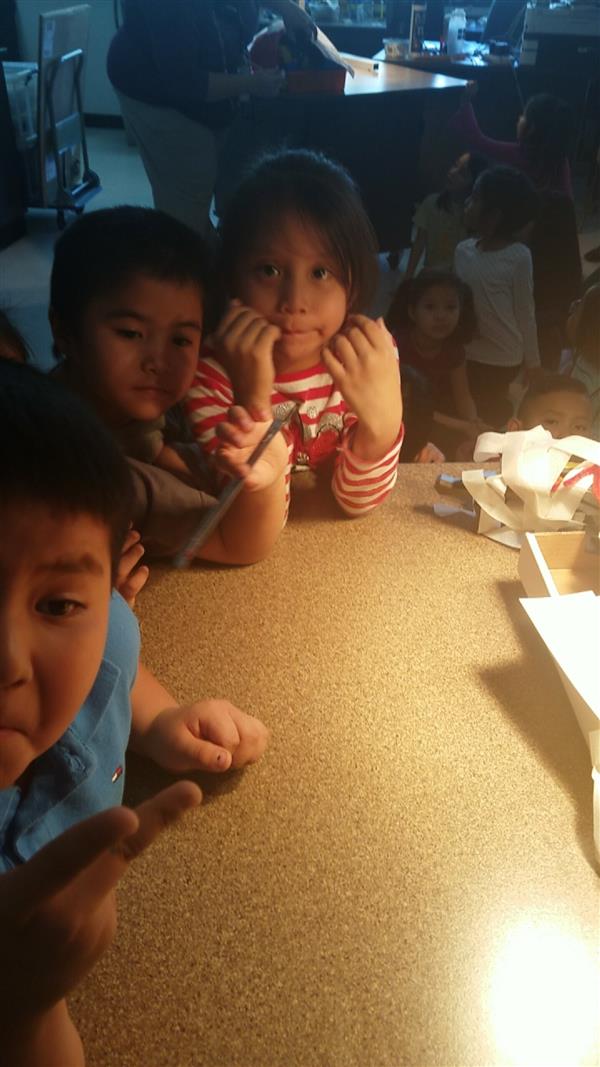
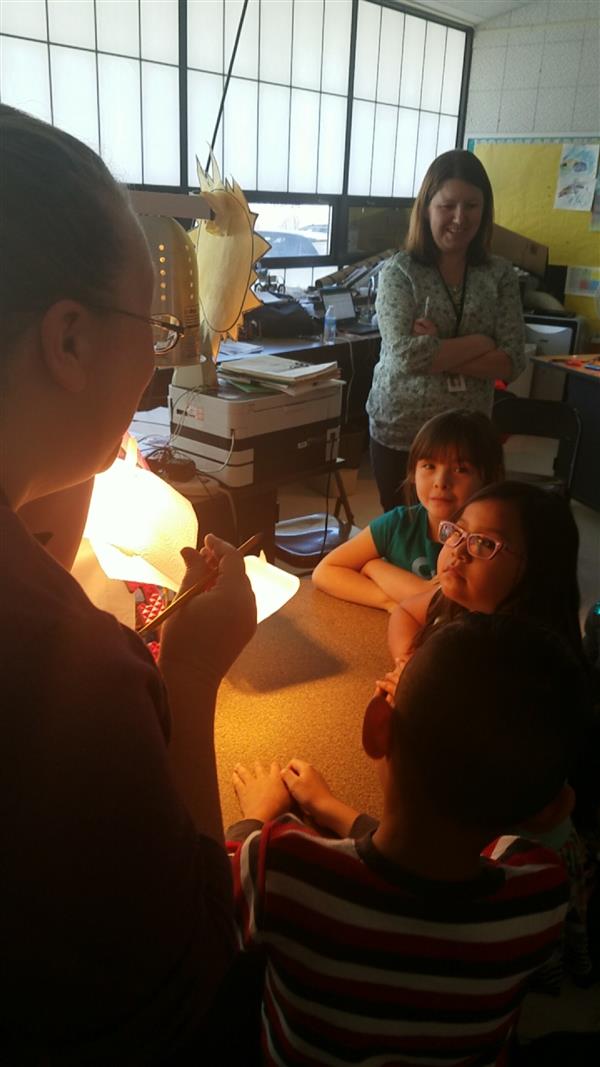
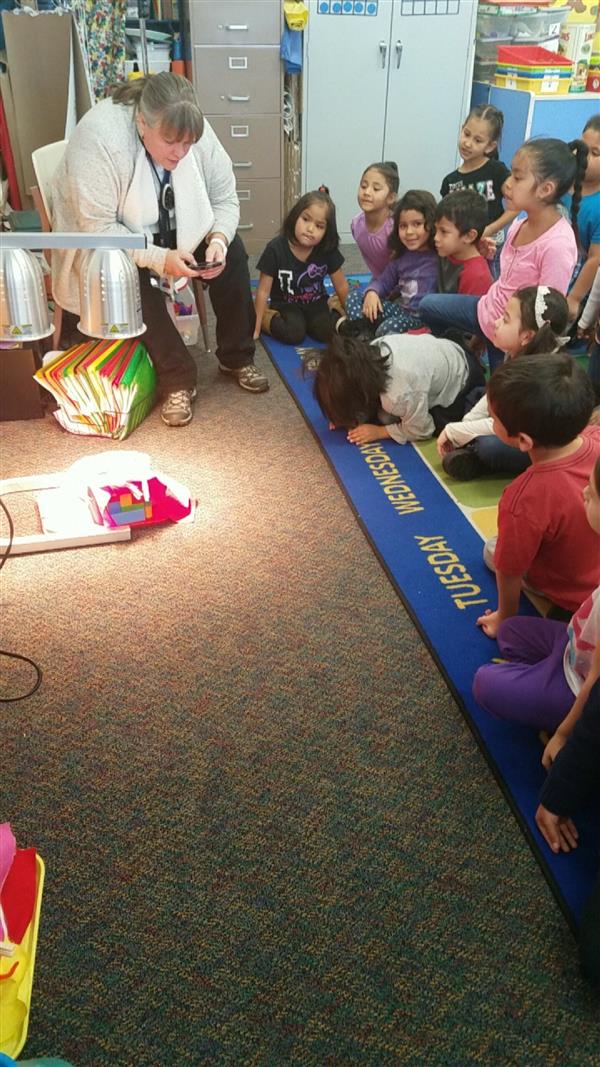
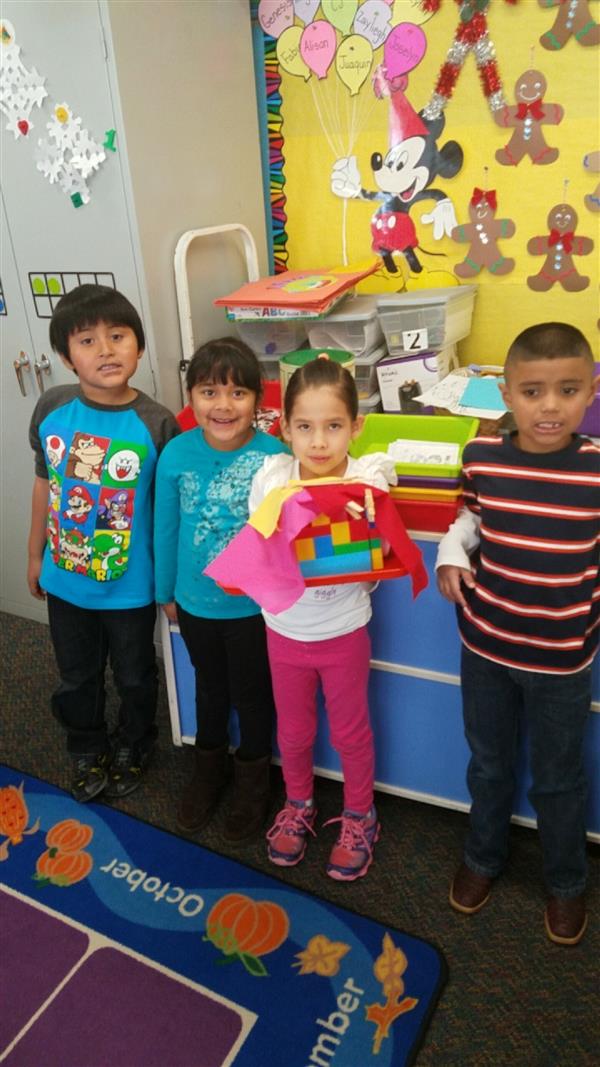
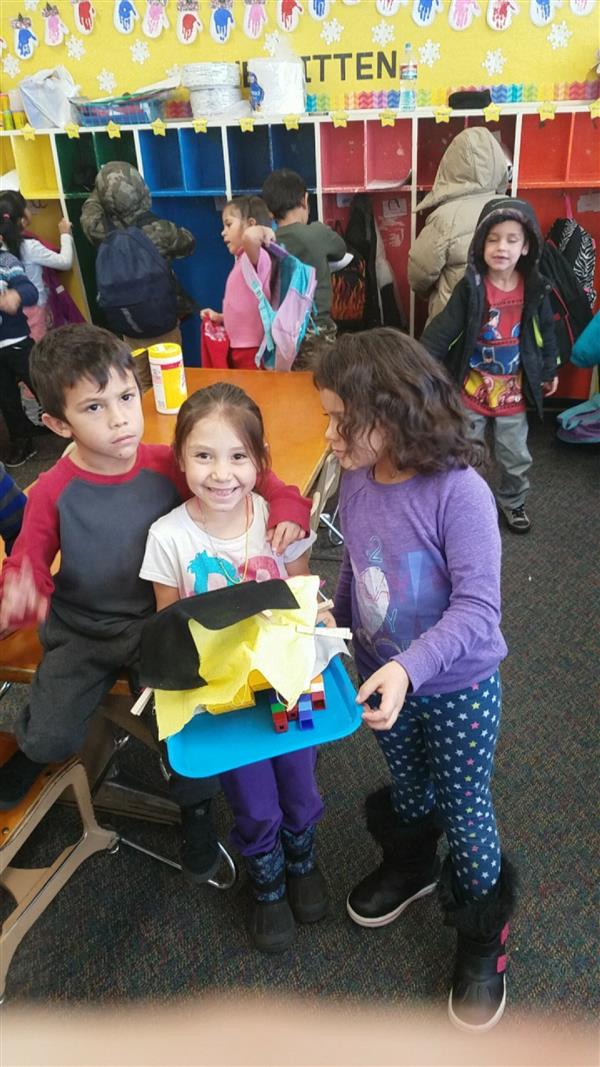
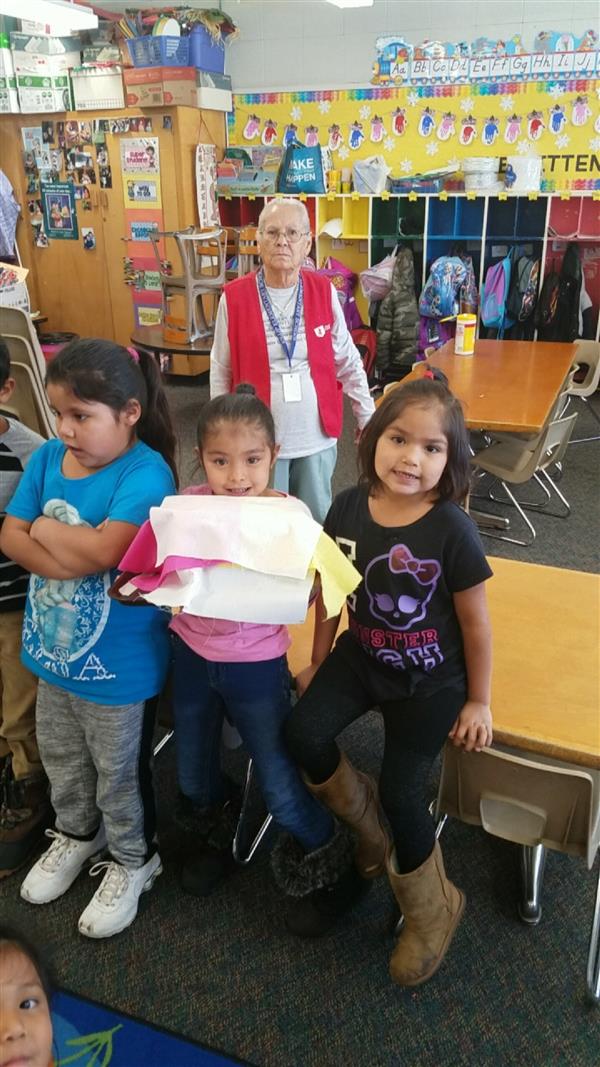
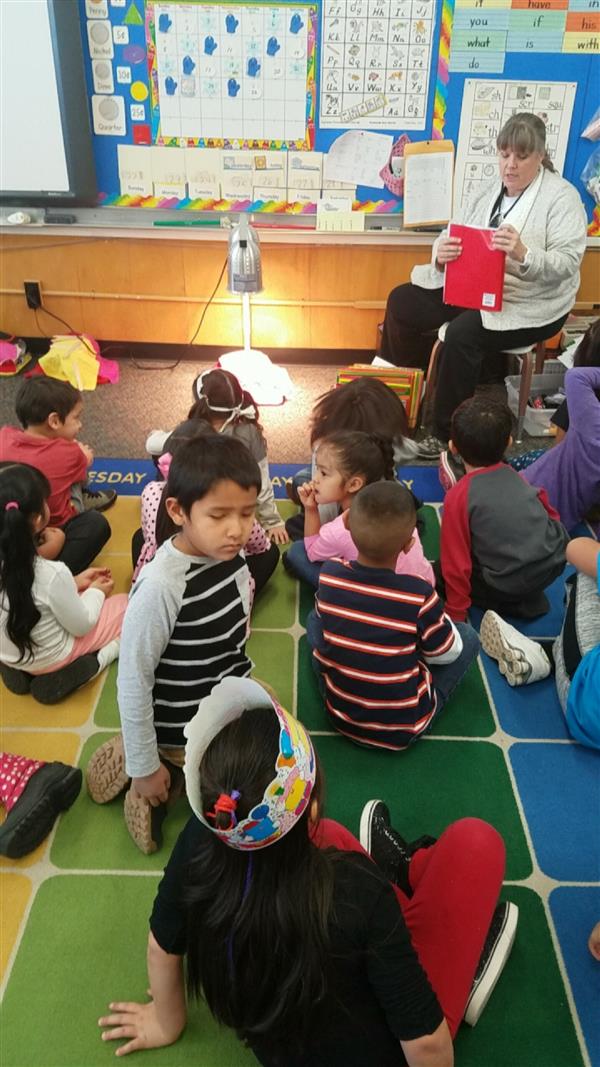
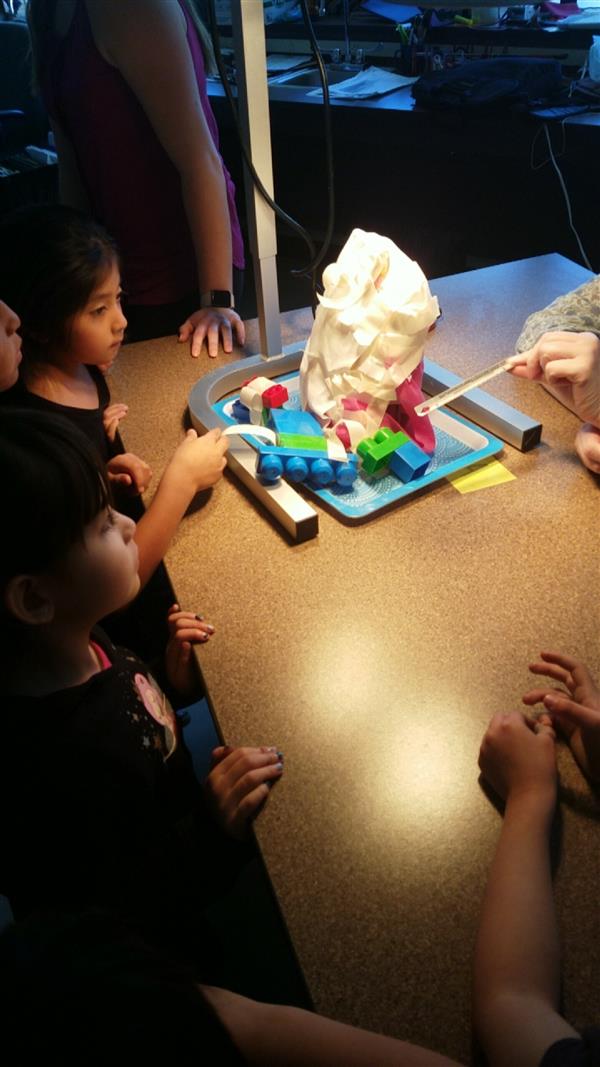
-
Aligned StandardsForce and MotionELA
- K-RL-3: With prompting and support, identify characters, settings, and major events in a story.
- K-RL-7: With prompting and support, describe the relationship between illustrations and the text in which they appear.
- K-RL-9: With prompting and support, identify basic similarities in and differences between two texts on the same topic (e.g., in illustrations, descriptions, or procedures)
Science- K-PS2-1: Plan and conduct an investigation to compare the effects of different strengths or different directions of pushes and pulls on the motion of an object.
- K-PS2-2: Analyze data to determine if a design solution works as intended to change the speed or direction of an object.
- K-2-ETS1-1: Ask questions, make observations, and gather information about a situation people want to change to define a simple problem that can be solved through the development of a new or improved object or tool.
- K-2-ETS1-2: Develop a simple sketch, drawing, or physical model to illustrate how the shape of an object helps it function as needed to solve a given problem.
- K-2-ETS1-3: Analyze data from tests of two objects designed to solve the same problem to compare the strengths and weaknesses of how each performs.
WeatherELA- K-RI-2: With Prompting and support, identify the main topic and retell key details of a text.
- K-RI-3: With prompting and support, describe the connection between two individual, events, ideas, or pieces of information in a text.
- K-RI-4: With prompting and support, ask and answer questions about unknown words in a text.
- K-RI-8: With prompting and support, identify the reasons an author gives to support points in a text.
- K-RL-10: Actively engage in group reading activities with purpose and understanding.
- K-W-2: Write informative/explanatory texts in which they introduce a topic, use facts and definitions to develop points, and provide a concluding statement or section.
- K-2-ETS1-1: Ask questions, make observations, and gather information about a situation people want to change to define a simple problem that can be solved through the development of a new or improved object or tool.
- K-2-ETS1-2: Develop a simple sketch, drawing, or physical model to illustrate how the shape of an object helps it function as needed to solve a given problem.
- K-2-ETS1-3: Analyze data from tests of two objects designed to solve the same problem to compare the strengths and weaknesses of how each performs.
- K-PS3-1: Make observations to determine the effect of sunlight on Earth’s surface.
- K-PS3-2: Use tools and materials to design and build a structure that will reduce the warming effect of sunlight on an area.

